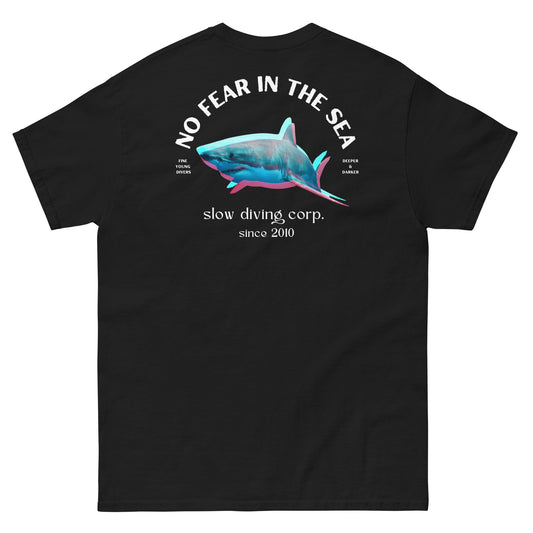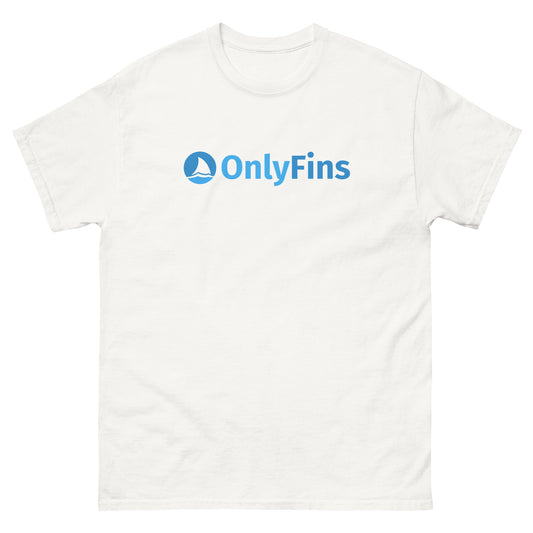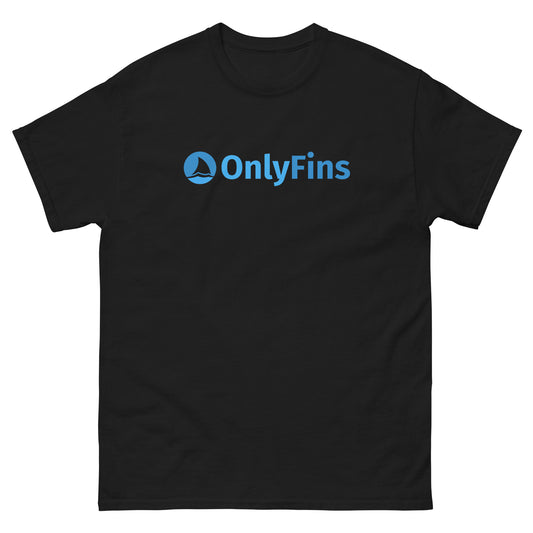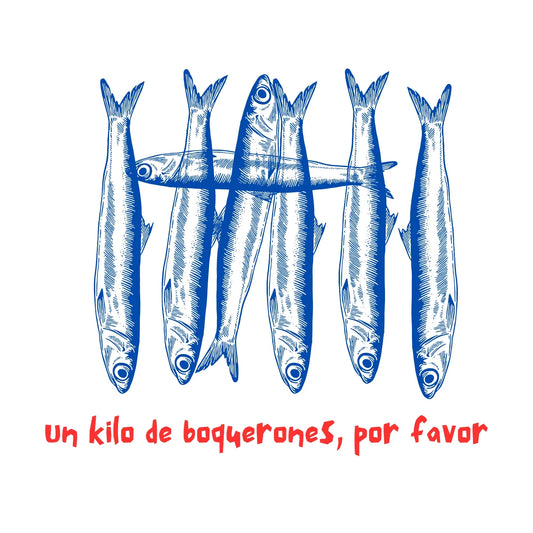The humphead wrasse (Cheilinus undulatus) is a marine fish, the largest of the labrid family. The humphead wrasse is distinguished by thick, fleshy lips and a hump on the top of the head, just above the eyes, reminiscent of the bicorn, the hat worn by Napoleon Bonaparte.
Did you know that for marine wildlife enthusiasts like you, we have created the most complete collection of sweatshirts for ocean lovers? We ship worldwide, TOP quality and ideal as a gift :-)
Humphead wrasse can grow to 230 cm in length and weigh up to 200 kg. The sexes are easily distinguished by both coloration and size. Females, which are half the size of males, are dull gray, red or brown, while males are light green to sea green with wavy lines on the head and front of the body.
Diving with the great Napoleonfish in Sharm El Sheikh, Egypt
These large wrasses are found at depths of up to 60 meters, always around coral reefs where they feed and hide from predators. Their diet consists of crustaceans, which are inaccessible to many other fish, both because of their toxicity and their defenses. Starfish (including the poisonous crown-of-thorns starfish), sea urchins, clams, snails, bream, or sea hares are part of their usual diet. Its large mouth and strong, fleshy lips allow it to tear off pieces of coral if necessary to capture its prey.
Humphead wrasse are found in warm areas of the Pacific and Indian Oceans and the Red Sea, and are very common in Bali, Red Sea, the Philippines, northern Australia, the East African coast, the Maldives, Madagascar, Palau or Papua New Guinea.

Humphead wrasse are always found around coral reefs
The humphead wrasse, despite its size and large mouth, poses no threat to divers, being very elusive and shy. They can be seen during the day when they swim around the edges of coral reefs looking for food. When night falls they tend to retreat to their caves or large reef structures to rest. The popularity of these fish among divers has even led to them having their own underwater sign. When you see one, don't hesitate to place your fist on your forehead to signal to your dive buddies that you've spotted one.
The humphead wrasse has been included in the IUCN (International Union for Conservation of Nature) red list as an endangered species. Populations of this majestic fish are suffering severely from overfishing as its meat is considered a delicacy in many parts of Asia, fetching as much as $200 per kilo for its meat and $300 for its lips. Among the terrifying ways to catch these huge and elusive fish is to inject cyanide in the hollows where they hide to paralyze it, which also causes the death of many other fish and corals.





















